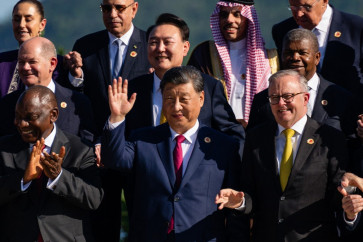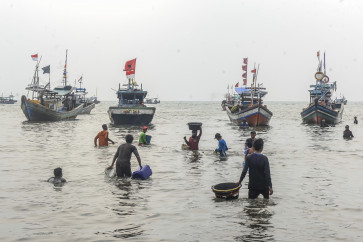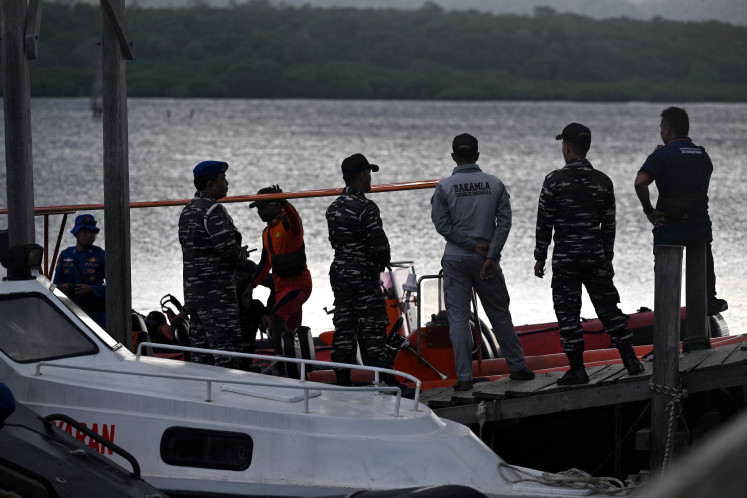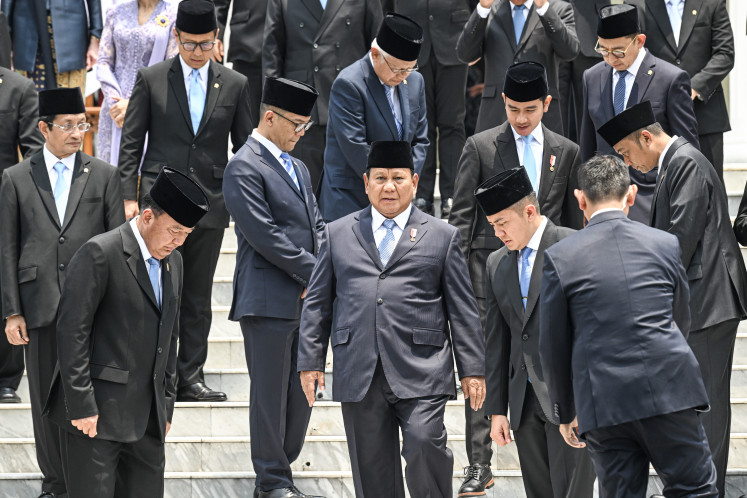Popular Reads
Top Results
Can't find what you're looking for?
View all search resultsPopular Reads
Top Results
Can't find what you're looking for?
View all search resultsAsian Liquidity Stress Index steady in October: Moody's
Moody's Investors Service says that its Asian Liquidity Stress Index (Asian LSI) remained at 19
Change text size
Gift Premium Articles
to Anyone
M
oody's Investors Service says that its Asian Liquidity Stress Index (Asian LSI) remained at 19.7 percent in October, unchanged from September.
"The index, which decreases when speculative-grade liquidity [SGL] appears to increase, is at its lowest level since July 2012, when it was 16.8 percent. And it remains below both the recent high of 29.1 percent in October 2012 and the record high of 37% reached during fourth quarter of 2008 amid the global financial crisis," Laura Acres, a Moody's senior vice president, said in an official release.
"But the reading is elevated relative to historic levels and is well above the November 2011 all-time low of 9.0 percent. The net number of companies with an SGL-4 score was unchanged from September at 23 and the total number of high-yield companies remained at 117," she said.
Acres was speaking on the release of Moody's latest "Asian Liquidity Stress Index" report.
According to the report, the stability in October belied some of the movement that went on during the month. One company entered the SGL-4 category after a negative-rating action, while another left following an upgrade.
There were also three new ratings assigned in the high-yield space and three rising stars.
Meanwhile, the liquidity sub-index for Chinese speculative-grade companies declined to 20 percent in October from 21 percent in September, continuing the downward trend that began in October 2012 and which has accelerated in the last several months. China's high-yield property index also continued decreasing, to 18.4 percent from 19.4 percent in September.
The Indonesian sub-index inched up to 3.8 percent from 3.7 percent and the Australian index was unchanged at 23.5 percent.
The report says that the default rate for Asia Pacific (ex-Japan) high-yield non-financial corporates will remain low in 2013, ending 2013 at 1.6 percent, according to Moody's credit transition model (CTM).
Moody's had assigned speculative-grade ratings to 117 issuers in Asia, excluding Japan and Australia, covering US$60.7 billion of rated debt by the end of October, versus 117 issuers and $59.8 billion of rated debt in September.










